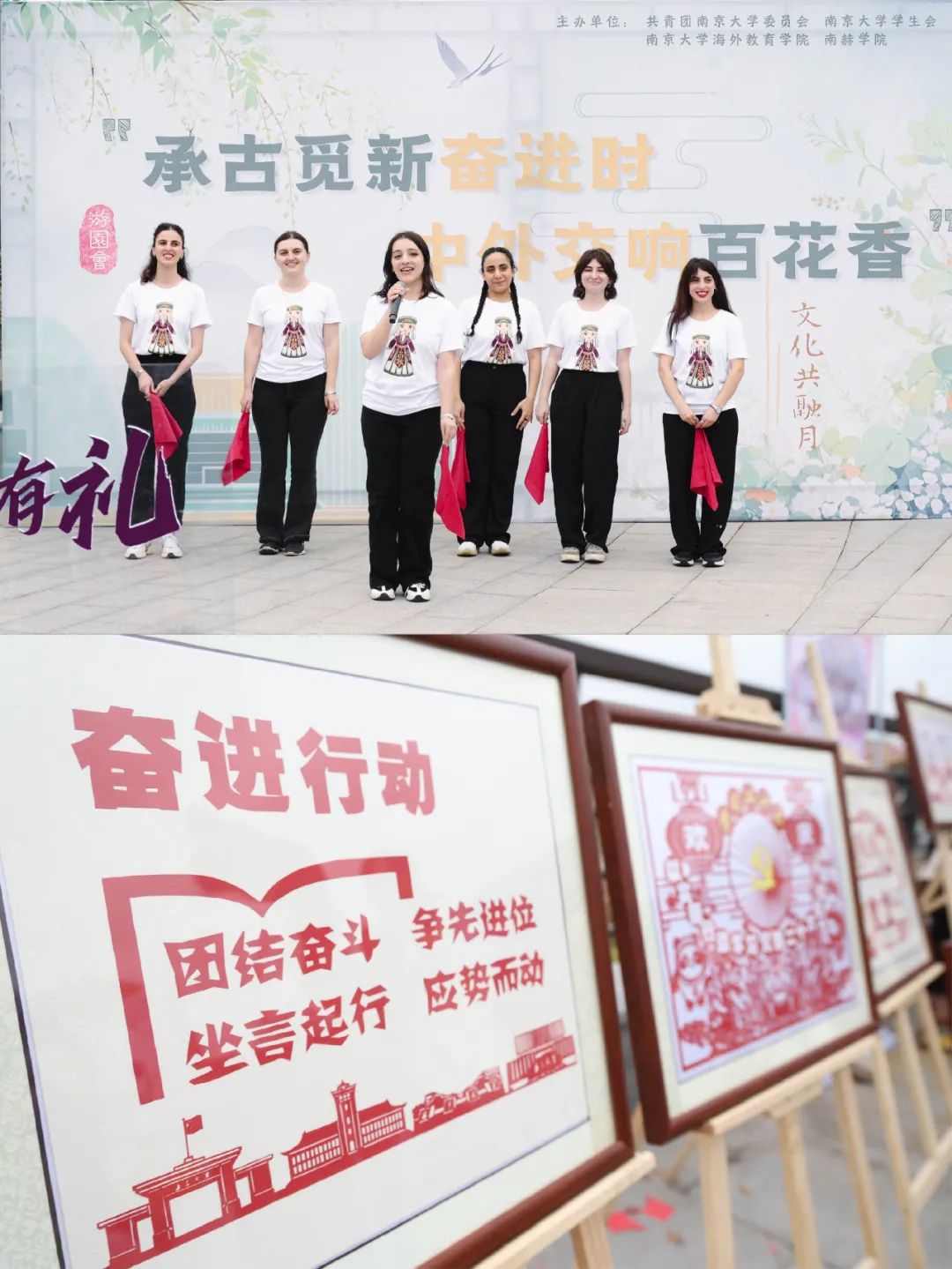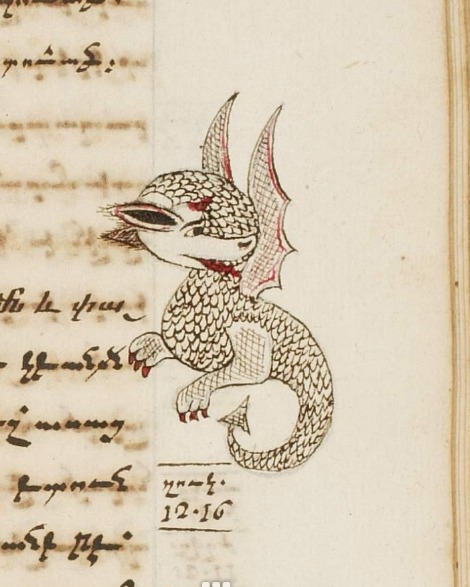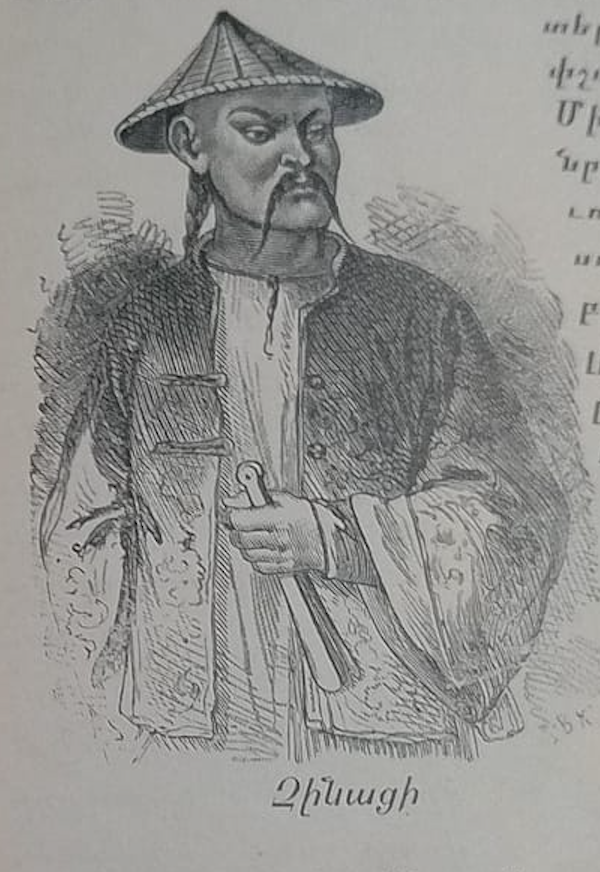
The copes in the Met collection reflect the multiculturalism and wide horizon of the Armenian mercantile class
Armenian merchants played an essential role in facilitating trade in and outside Iran, so when the Safavid ruler Shah ‘Abba’ (r. 1587–1629) planned to revitalize Iran’s economy, he resettled a community of Armenians from the city of Julfa to his new capital, Isfahan. From there, the Armenians helped Iran’s famous silk reach markets worldwide.
In the 17th century, the Armenian community drove the engine of trade in luxury silks made in Safavid Iran and Mughal India. Thanks to their mercantile skills, Christian faith, and dispersed community, the Armenians had a successful network in Europe and Asia. The variety of fabrics sold in lengths in Europe often was fashioned into church vestments.
The Metropolitan Museum of Art hosts a 17-century Armenian silken cope covered with metal-wrapped-thread woven ornaments. The fact that the hood is sewn under the orphrey indicates that the piece was assembled in Rome, where this practice is typical. The regular rows of blossoms on a precious metal ground recall Mughal Indian textiles of the second half of the 17th century. At the same time, specific technical details of the weaving and use of metal-wrapped threads are more typical of Iranian fabrics—the two-point stylistic closeness to the silks’ popularity in Iran and India.
Another, more lavishly decorated cope from the museum collection probably comes from an Armenian church in Isfahan, as suggested by the presence of Armenian bishop-saints and Armenian inscriptions on the orphrey attached to its long straight edge. The orphrey has ten decorated panels, five per side. Six show figures, among them the Virgin Mary and three early saints—Nicholas of Myra and two Armenian patriarchs, Nerses I and Sahak I —identified by inscriptions in Armenian. The other four panels contain crosses. Worn inscriptions in Armenian appear beneath the embroidered saints.
The cope was pieced together from robes (the seams are still visible) of a type of costly, popular seventeenth-century Persian velvet.
Notably, the ornament on the cape resembles the floral pattern of the Armenian traditional embroidery stitch “Urfa.”










